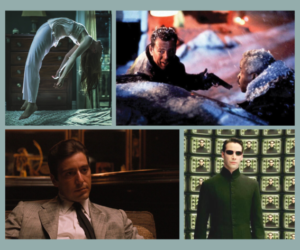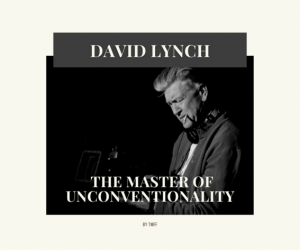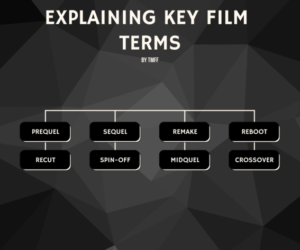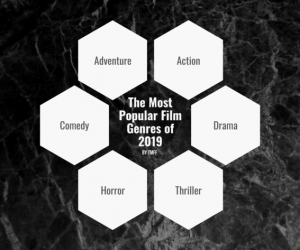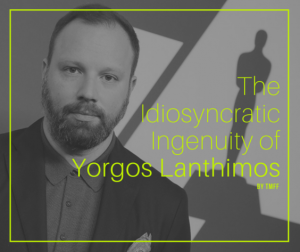A while back, I wrote about some key film terms with regard to types of releases – sequels, prequels and co. And I thought it would be a good idea to continue this topic while veering into other film-related elements. This week, let’s venture into the world of movie shots – all the different types of the most common shots and their respective uses. Next time you’re watching a film, you can test yourself and try to identify all of them.
Point of view shot
A point of view shot, also known as a pov shot, plays out a scene as if seen by a specific character. It is, therefore, a first-person perspective, which tries to emotionally connect the audience with the events, as viewed by the character, by showing what he or she is witnessing. It can be used especially in action movies or horror flicks in order to ramp up the atmosphere.
Close up shot
A close-up shot will frame an actor’s or actress’ face in an effort to accentuate the emotion they are feeling, capture nuance which might be hard to miss in the case of a more far-away shot, or simply establish a character or the dynamics between characters. Virtually every film will use these at some point or another as part of developing their characters and progressing the story.
Master shot
A master shot is a sort of establishing shot, but not necessarily to be used at the beginning of a film or a particular scene. Instead, it is a shot that covers the most important elements of a scene from an angle that they are all visible, including the environment and most of the characters. Because it encompasses quite a few elements, a master shot will almost always be a wide shot.
Tracking shot
A tracking shot does what its name says – it tracks movement. The shot will physically move the camera through the scene, often following a travelling subject but sometimes simply travelling within the scene. These shots will insert dynamism into the scene, giving the feeling that viewers are either being drawn within a scene or following a certain character, vehicle or prop.
Establishing shot
An establishing shot will be the very first shot of a scene that gives an overview of the setting and environment. This is often useful to visualise because it provides cues about the time of day, weather, geography, location and atmosphere of any given scene. Often, it will provide context on the location, show the passage of time, and perhaps also highlighting the dynamics between the setting and the characters – even if no characters are present.
High / Low angle shot
A high angle shot sets the camera above the subject and angles it downwards towards them. This makes the subject look small, scared, weak or dominated. The opposite would be a low angle shot, setting the camera below the subject and angled upwards towards them. A low angle shot creates a sense of superiority, dominance and power. A great example of the use of these would be the iconic scene between Clarice and Hannibal Lecter in Silence of the Lambs.
Bird’s eye view shot
Also known as an overhead shot or an elevated shot, a bird’s eye shot occurs when the camera is placed directly above the subject. Even more than an establishing shot, a bird’s eye shot is very effective at showing the relationship between the characters and the environment they exist in.








